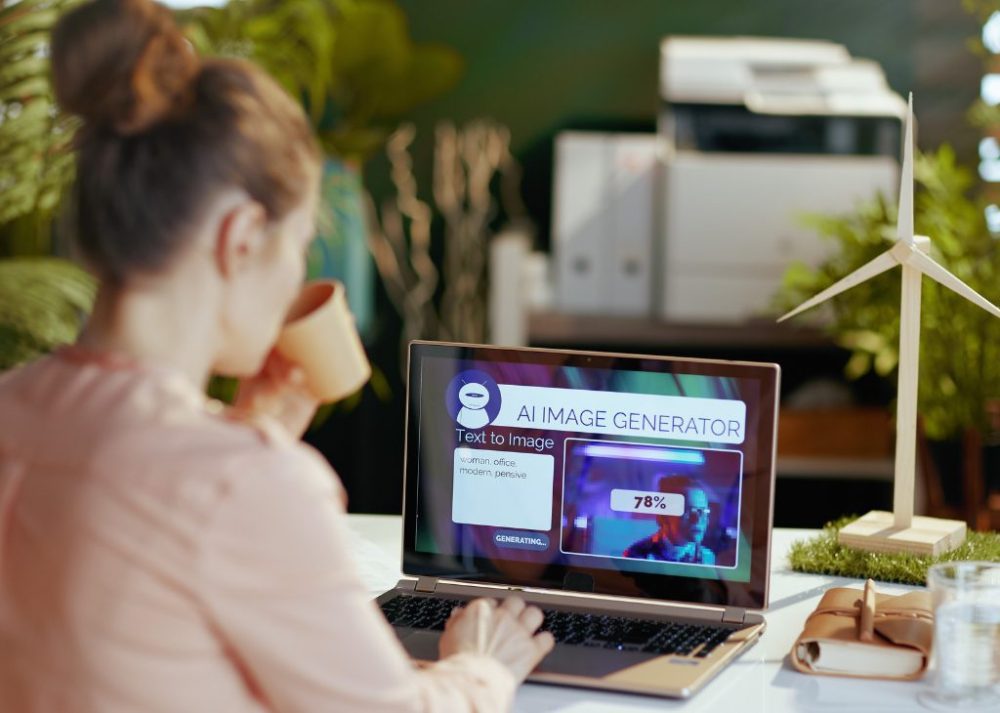
This summary is provided by the IPR Organizational Communication Research Center
Dr. Shan Xu and colleagues examined the adoption attitudes of artificial intelligence (AI) in the workplace over time. They studied the adoption process through the lens of the diffusion of innovations theory, which explains how different types of people and groups adopt technologies over time, varying attitudes to new innovations among society, and how these attitudes impact adoption rate and acceptance. Within the workplace, the scholars wanted to see how employees perceive the threat of AI (e.g., threat to employee job security) and other negative attitudes of AI by employees over time.
Three surveys of U.S. employees were conducted in March – May 2022. The final sample included 890 participants for the first survey, 671 for the second, and 553 for the final survey.
Key Findings include:
1.) Previously held negative views (e.g., threat) of AI negatively influenced attitudes of AI adoption.
— Conversely, previously held positive views of AI (e.g., compatibility) positively influenced AI adoption attitudes.
2.) Trialability (the ability to test AI technologies and use them) was found to positively impact individuals who already had a positive attitude towards AI, increasing their positive perceptions.
3.) Observability, or the ability to observe others using AI, was found to decrease the negative perceptions of AI for participants who previously held negative views.
4.) Employees’ support for AI adoption had a downward, decreasing trend over the 3-month study period..
Implications for Practice:
Employers have the opportunity to show the ease of use, benefits, and compatibility of AI with current work processes in order to increase positive attitudes among their workforces. Additionally, when those with negative attitudes observe AI at work, it can decrease their negative perceptions. Employers should take a mixed approach, giving those with an interest in AI the opportunity to get their hands on technologies and use them (increasing their positive perceptions) and create situations for those with more cautious or pre-existing negative perceptions to directly observe others in the workplace using AI, which may ease some of their negative predispositions.
Read the original research here.



